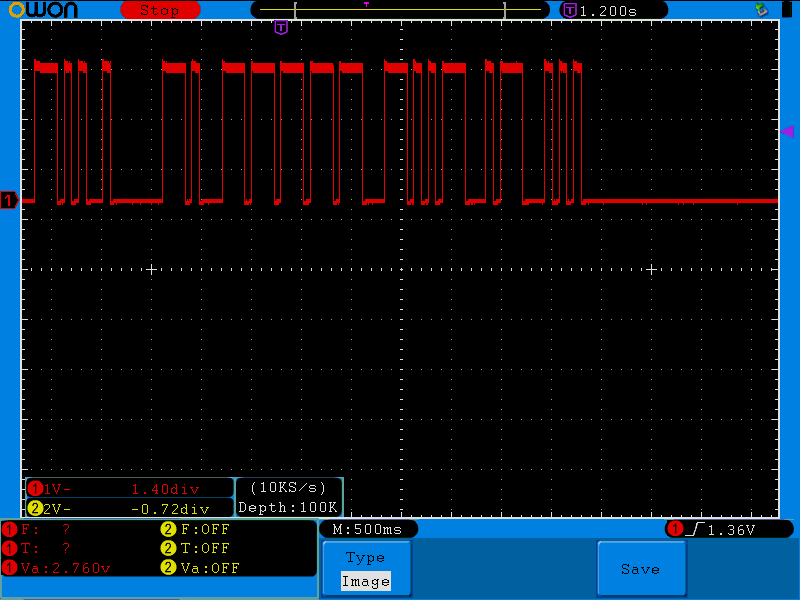Yesterday morning, for reasons we haven’t been able to figure out, both my wifi router and what has to have been the most disappointing phone base unit ever created suddenly and simultaneously went to that big recycle bin in the sky. Our Internet connectivity went away as I was trying to send out a meeting invitation for work, and when I went down to reboot the router I saw the phone base was dark too. After ruling out any common power issues and verifying that the two wall warts were indeed working, I had to conclude that both boxes were dead. How very odd. The only common thing between them is that there was a direct Ethernet connection, but nothing else on the network took a hit. The Gigaset box had a phone line plugged into it, but that phone line passes through the A400 VOIP card in the server — neither of which were damaged.
Anyway. I happened to have a spare non-IP base for the phones, so I connected that and had phone service back an hour or so after the loss. The wifi router, though, was another matter. In a very strange twist of timing, my new E4200 Linksys was on the UPS delivery truck – all I had to do was wait for it.
I’m not completely thrilled with the E4200V2. Its performance seems to be excellent, and the signal strength reported by my cell phone and the Roku are substantially higher. I wish to hell it ran DD-WRT; I really missed some of that firmware’s troubleshooting and logging capability. I doubt I’ll return it, though. Swapping out the router is disruptive enough, and while DD-WRT is great, I was mostly using it to overcome some real deficiencies in the old hardware. It’s not a perfect solution, but the price was attractive and it will do.
What I learned from this is that I need better disaster plans, and need to test them more thoroughly. I had a backup of the router configuration — but it’s a binary file. Of course it’s completely useless on a different router, and I didn’t have all of the port forwarding and other rules written down anywhere. My Asterisk backup plan failed miserably, I have to fix that. I really need a seamless, fault tolerant VOIP setup with failover that actually works. I’ve got some work to do on that stuff to avoid the headaches the next time something unexpectedly goes TU.




